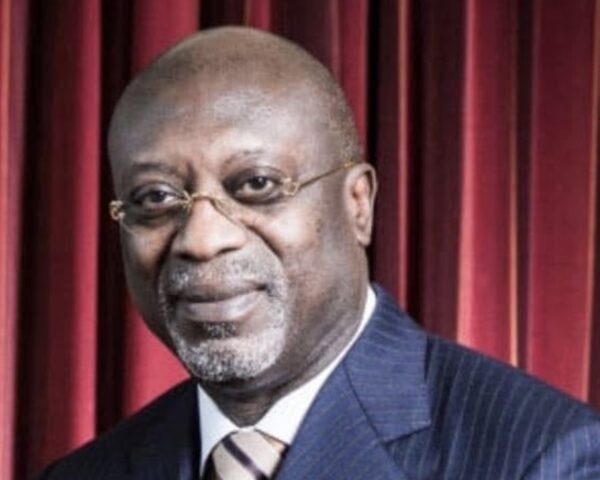By Dr. Papa Demba Thiam, International Economist, Expert in Integrated Industrial Development through Value Chains, Thielle, Switzerland.
Here is a strategic mistake that should no longer be made, under penalty of falling into the poverty trap in Senegal. Analyzing the IMF’s end-of-mission statement (August 19-26, 2025) gives me the following.
New farcical concepts:
“Wrong statement”, “systemic problems identified in the report of the Court of Auditors” and “undisclosed liabilities”.
We no longer talk about “falsified accounts” or “hidden debts”, but about “identified systemic problems”!
This is a radical change in language, which reduces the problem of evaluating the stock of central public debt to a simple matter of national accounting system.
If it is a “systemic problem”, it means that it has always existed. So, how is it that neither the fiduciary bodies (Inspectorate General of Finance, Inspectorate General of State, Court of Auditors, BCEAO, etc.) nor the missions of the IMF and the World Bank have ever identified it, if it affects the solvency of the Senegalese state?
“The authorities revised the stock of central government debt from [74.4]% to 111.0% of GDP at the end of 2023, mainly due to undisclosed liabilities.”
This also brings us back to an accounting system, since the amounts in question do not seem to have been “hidden” (they have been traced in other accounts), but would have been “undisclosed”.
“At the end of 2024, revised statistics show central government debt reaching 118.8% of GDP.”
This means that in just one year (2024), central government debt would have worsened from 111% of GDP to 118.8% of GDP, an increase of 7.8%. This is huge and very worrying!
Was it worth publicly declaring, in a press conference, supposed “falsifications of public accounts” to:
- Trigger sovereign state credit rating downgrades;
- Cause the blocking of disbursements of IMF loans at concessional rates;
- Scare other creditors and investors;
- And end up borrowing expensively, to the tune of nearly 7.8% of GDP in one year?
The answer is a thousand times NO, especially since at the same time, critical value chains were disrupted, bringing non-hydrocarbon growth to only 3.1%!
Is it coherent and relevant to make Senegal’s development financing dependent on nearly a year-long journey through the procedural intricacies of the IMF, in the hope of a program with the same institution, as if its mission was to finance the country’s economic and social development on sovereign and endogenous bases?
The answer is a thousand times NO!
So, I have the right to remind that not only had I warned several times against the disastrous and predictable results of this whole adventure, but also that I had proposed financing instruments for the economic and social development of Senegal totally free from public debt.


